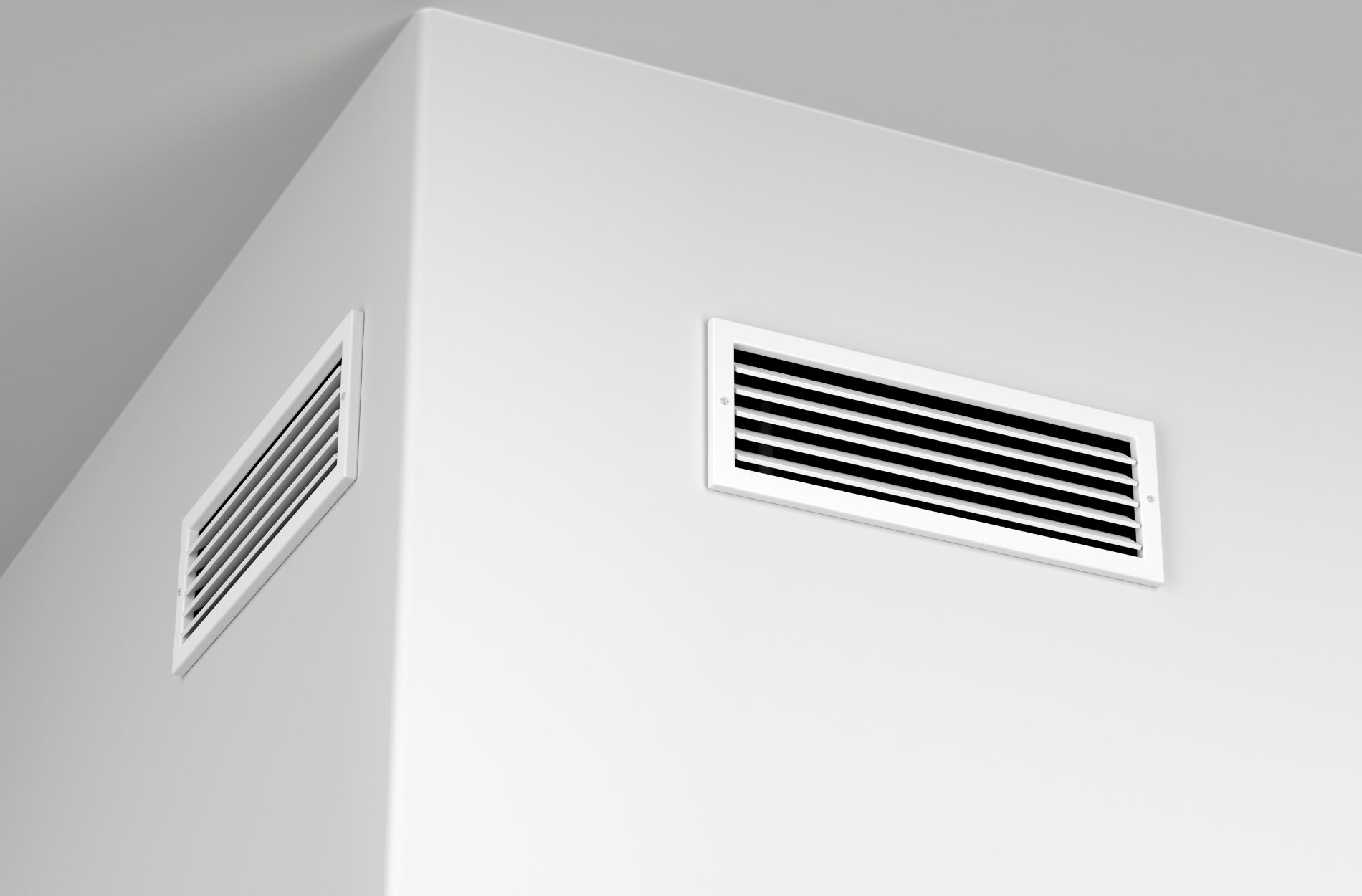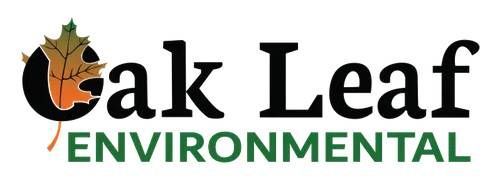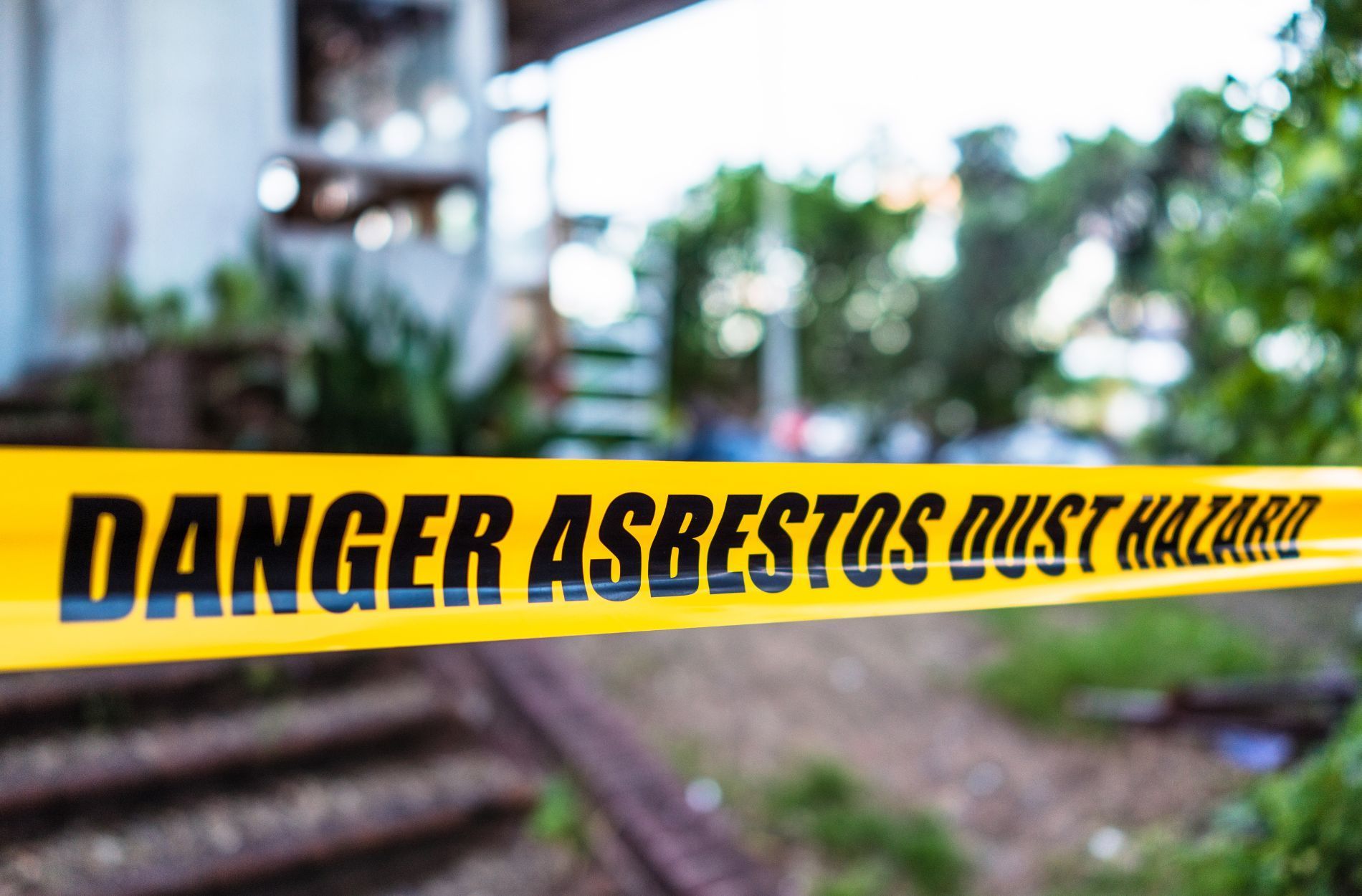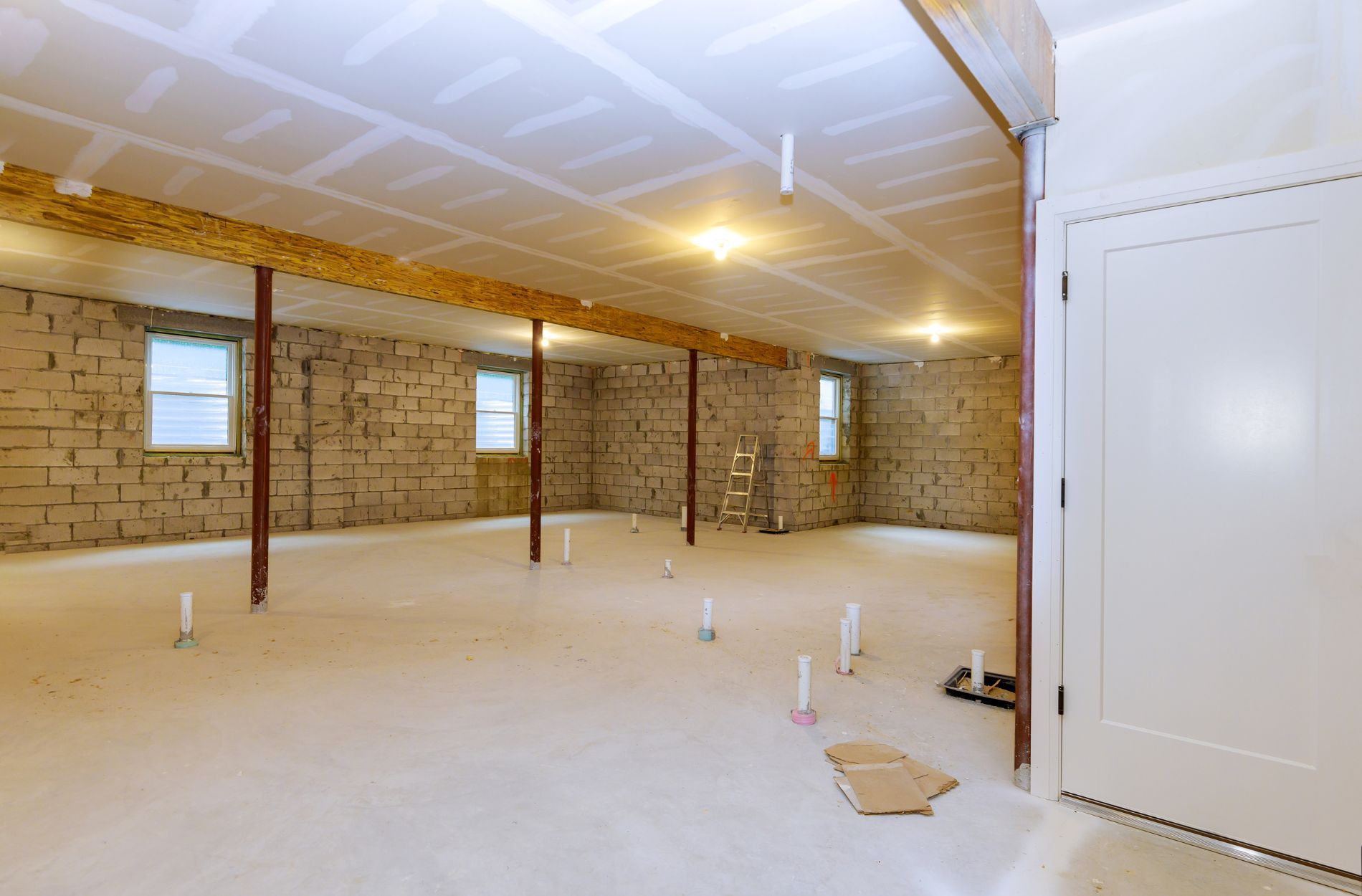High Radon Levels: Steps To Protect Your Home
Radon is a naturally occurring gas that you can't see, smell, or taste, yet it can collect inside your home and create serious health risks without you even knowing. It comes up from the ground and can seep into homes through cracks and gaps in the foundation or around pipes and drains. Since it's invisible, most people have no idea it's even there until symptoms show up or a test reveals high levels.
That’s why responding to high radon levels quickly is a smart move. The good news is that there are practical steps you can take to keep your home safe. Radon doesn’t have to be a permanent problem. With some awareness and the right help when needed, you can reduce the risk and improve the quality of the air you and your family breathe every day.
Understanding Radon
Radon forms when uranium in soil, rock, or water breaks down naturally over time. As it breaks down, radon gas escapes and moves through the soil, eventually making its way into buildings. Since homes can trap radon inside, levels can rise in enclosed spaces, especially basements or lower-level rooms that are closer to the ground.
Even though radon comes from something as common as dirt, it doesn't harmlessly pass through. Over time, consistent exposure to high levels can impact your health. The real concern is long-term breathing of this gas. Unlike some air pollutants that cause immediate reactions like sneezing or coughing, radon exposure is slow and silent.
Here are a few ways radon can sneak into your home:
- Cracks in walls or floors, especially in basements or slabs
- Gaps around pipes or wiring that come through your foundation
- Improperly sealed sump pumps or drainage systems
- Construction joints that aren't sealed tight
- Openings in crawl spaces or underpinned additions
Even new homes with tight insulation can have a radon problem. No house is completely off the radar, no matter how new or well-sealed it might be. For example, a family installing new flooring in their basement discovered high radon levels during a routine indoor air quality test. It had been building under their concrete slab for years without raising any red flags. Even though everything looked normal, the problem was real and could have been avoided with earlier testing.
The key is knowing that radon isn’t limited to certain areas or certain types of homes. It’s unpredictable and can show up where you least expect. That’s why regular awareness and testing really matter.
Testing for Radon
Testing your home is the only way to know how much radon is present. Because radon isn’t visible or detectable by smell, the gas can move through your house without leaving any signs.
There are two main ways to test for radon:
1. Short-term test kits
- These usually stay in place for two to seven days
- You set it in the lowest livable level of your home like the basement or first floor
- Once the test is finished, it gets mailed to a lab for analysis
2. Long-term test kits
- These stay in place for 90 days or longer
- They give a clearer view of your home's average radon level over time
Both types of tests are helpful, depending on your situation. Short-term tests give fast results but might not give the full picture. Long-term tests provide more reliable, year-round data but take more time to complete.
Placement of your test matters too. Make sure the detector isn’t near vents, windows, or any place with moving air. That can affect the reading. It’s best to place the kit:
- In the lowest part of your house that’s used regularly
- Away from drafts or direct sunlight
- About two feet off the floor and at least 20 inches from the wall
People often guess which rooms are fine just by how much time they spend in them, but radon doesn't work that way. Even rooms you rarely use, like a finished basement, can collect high amounts. That’s why testing the whole space is a better long-term move. Once you know what you're dealing with, you can decide whether action is needed or if things are safe for now.
Steps to Protect Your Home from Radon
Once radon is confirmed in your home, the next step is lowering those levels. Trying to manage radon without proper training or equipment often leads to short-term fixes that don't hold up. A real, lasting solution usually means using the right methods that suit your home’s layout and structure.
Here are some of the most common ways radon remediation professionals treat high levels:
- Sealing cracks and gaps in concrete floors, walls, and foundations. This helps reduce the paths radon uses to enter the home
- Installing a sub-slab depressurization system. This involves creating a suction point in the ground beneath your home and using a fan to vent radon safely outdoors
- Improving the home’s natural and mechanical ventilation. Adding exhaust fans or air exchangers can help dilute radon concentration inside
- Creating vapor barriers in crawl spaces using plastic sheeting and ventilation fans to block radon from rising into living areas
Each home’s structure plays a role in which combination of these methods will be most effective. Basement layouts, soil type, slab design, and existing insulation conditions can all influence how radon enters and how it should be managed.
A good example is a homeowner with a finished walkout basement that faced radon levels higher than expected. Despite the newer construction and weather-sealed windows, radon was leaking in through untreated sump pump areas. A mitigation system was installed with a vent pipe routed through the garage attic. Once connected to a reliable fan, the levels dropped to safe numbers and stayed consistent.
The point is, remediation isn’t just about patching ceilings or adding fans. It’s a system that needs to work every day, through every season. That’s why expert guidance and proper installation matter. Skipping steps can waste both time and money while still leaving your home at risk.
Maintenance and Monitoring
Getting rid of radon once doesn’t mean you’re safe forever. Levels can shift with time, weather changes, soil movement, and even nearby construction. Your neighbor might never see a problem, but your soil and home layout could tell a different story.
Routine follow-up testing helps keep an eye on any changes. If you’ve already installed a mitigation system, you should check that it’s working properly every few months. That might mean:
- Looking at the warning indicators on your fan system
- Checking all exhaust points for blockages or debris
- Making sure the system remains plugged in and connected
- Checking that seals haven’t cracked or worn out over time
If your system has a manometer or pressure gauge, check that it’s still in the normal range. Any drop in the reading might mean a fan failure or a blocked pipe. Even if it’s something small, catching it early can save a lot of trouble later.
It’s a smart idea to retest your home every couple of years, even when everything seems fine. Some people like to line it up with other home maintenance tasks, like gutter cleaning or HVAC checkups. That way, it becomes part of your ongoing routine.
Peace of mind comes from knowing you’ve already addressed the issue and that you’re still keeping an eye on it.
Ensuring a Safe Home Environment
Keeping your home safe means paying attention to what can’t be seen. Radon slips in quietly, without any smell or warning signs. But once you’re aware of the risk, it becomes easier to stay prepared. Taking action early can make all the difference, especially with something that builds up slowly over time.
Whether you’re just starting with a test or checking again after some years, taking that first step matters. Even small improvements can make the air healthier for you and your family. It's not about getting it perfect, but about moving in the right direction.
Staying informed, testing regularly, and working with trained professionals are the best ways to protect your home and your peace of mind.
Stay ahead and keep your home free from hidden health risks. Oak Leaf Environmental offers solutions that are both effective and personalized. Learn more about
radon remediation and take meaningful steps toward a safer, healthier living environment for your family.











